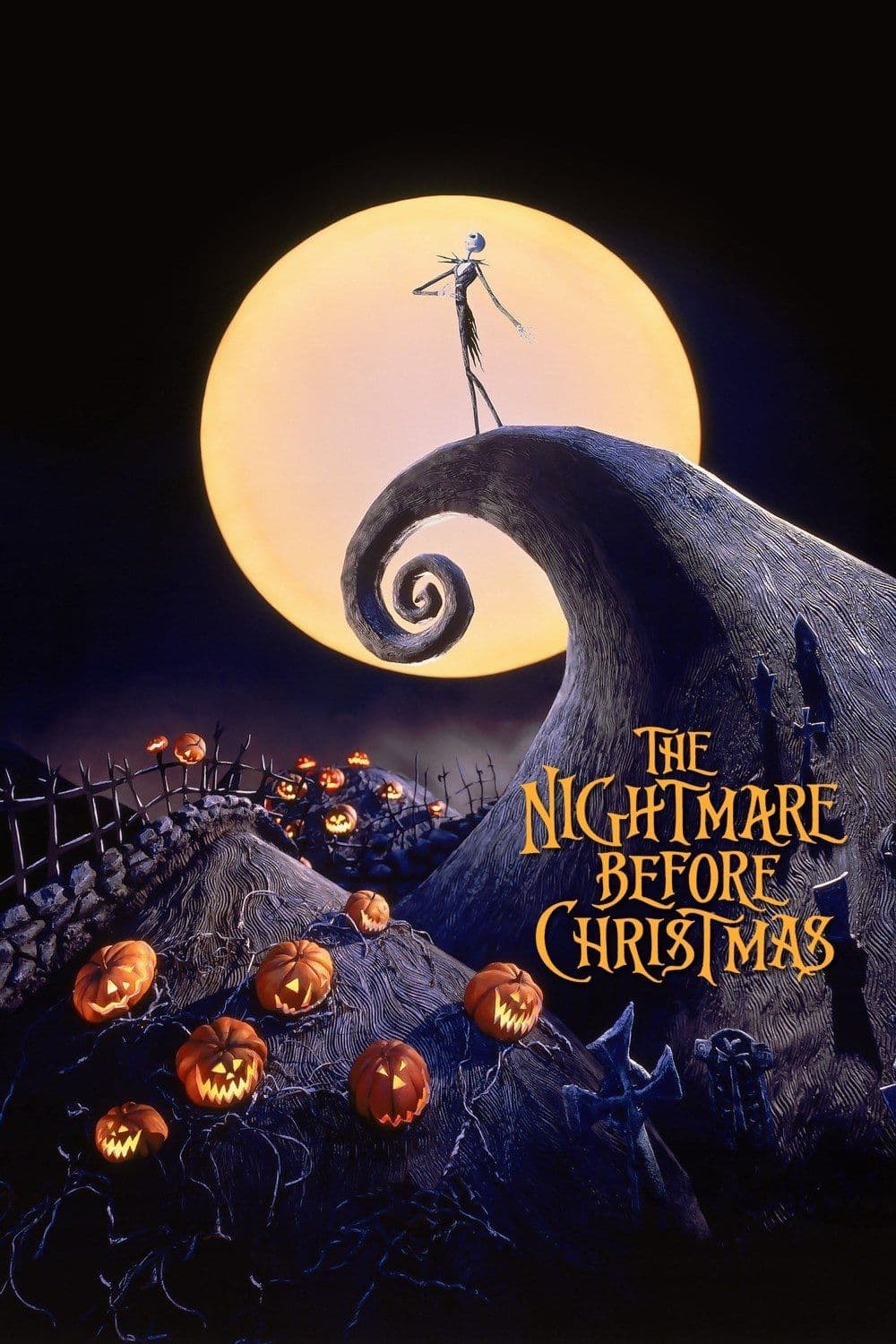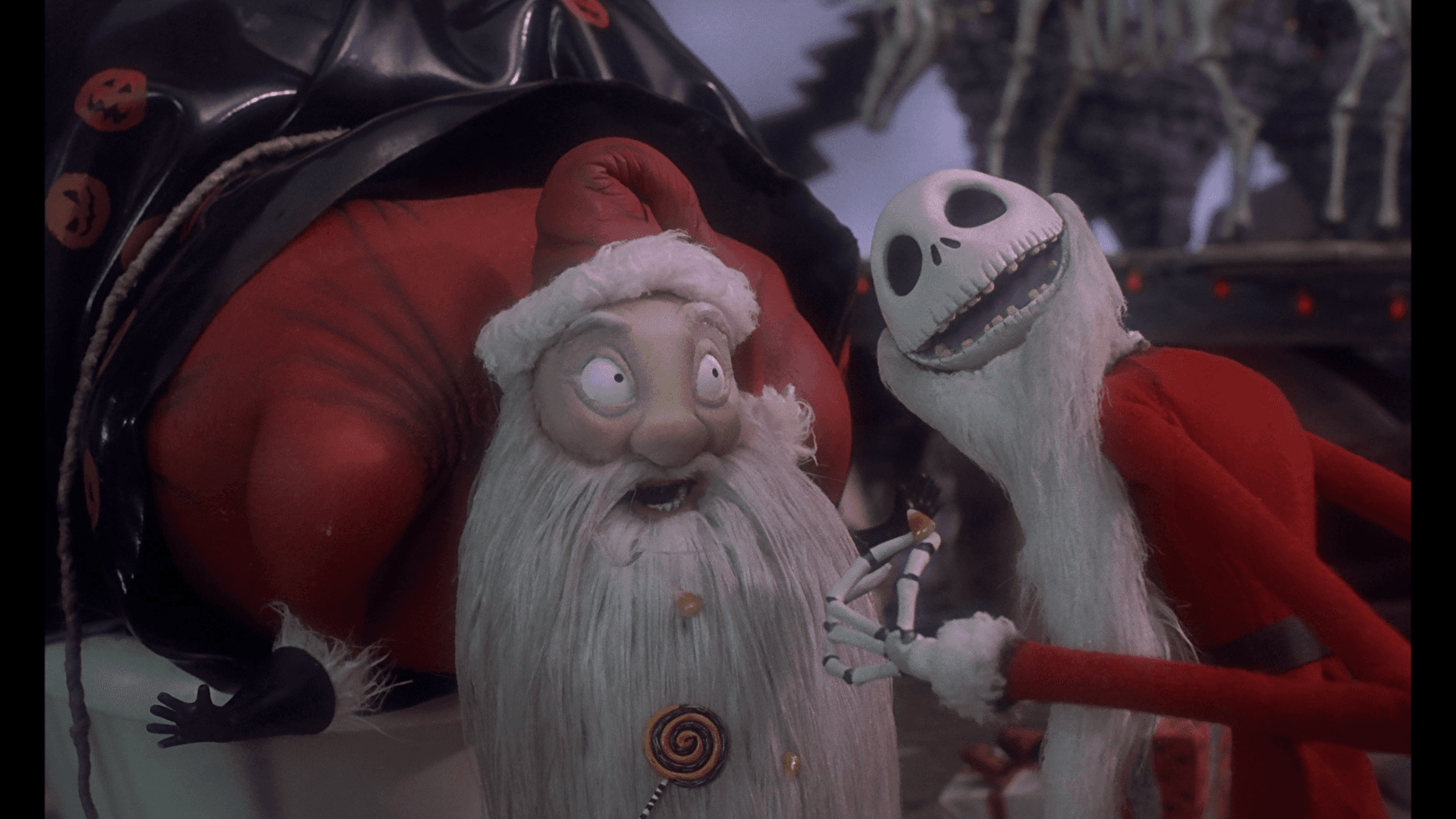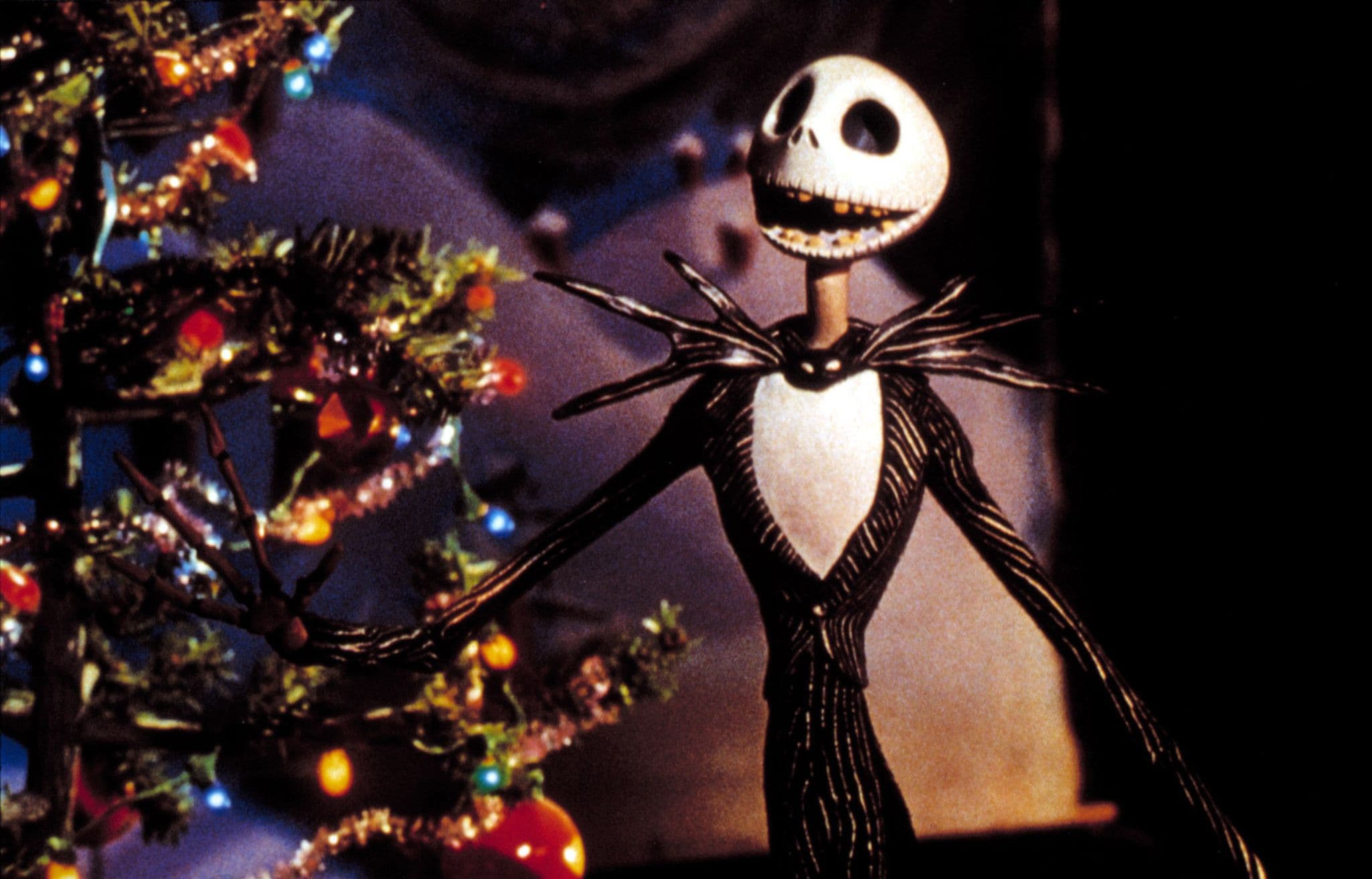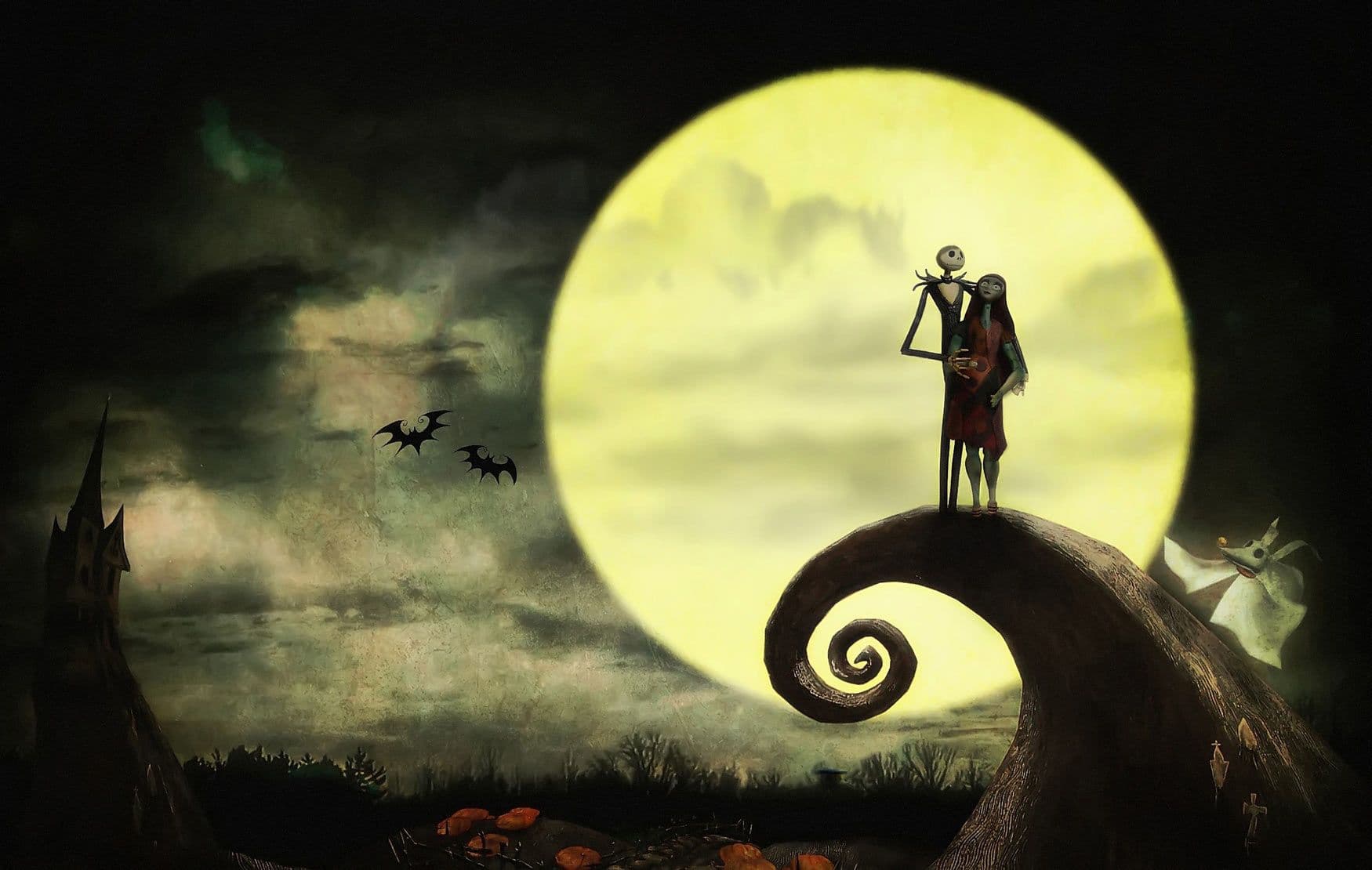
The Nightmare Before Christmas
1993
Rate this movie
Average: 0.00 / 5
(0 votes)
Directors
Drawn from an illustrated children's poem that Tim Burton had written during his Disney period and proposed to Disney, which promptly rejected it for not aligning with the company's policy, Nightmare Before Christmas is a delightful dark fairytale. Disney's initial rejection, which perceived the project as too dark and unconventional for its brand oriented towards serene family entertainment, paradoxically proved to be its fortune. This preclusion gave Burton the freedom to mature his vision, freeing it from the constraints of a corporate aesthetic that tended to soften every edge. The film, as we know it, is the fruit of this independent gestation, a work that was able to fully express its gothic and singular identity, rather than being diluted into the pantheon of traditional "all-ages" productions.
Tim Burton was able to dedicate himself to it, emboldened by the success of Edward Scissorhands and Batman Returns, two immensely successful films that gave him greater contractual power and, consequently, more creative independence. These works not only consolidated his reputation as a visionary but also cemented his cinematic language, characterized by poetic marginalization, grotesque beauty, and an aesthetic that openly flirted with the gothic and the surreal. Edward Scissorhands, in particular, had already explored the theme of the outsider seeking a place in the world, a thematic echo that would powerfully resonate in Nightmare. The acquired freedom allowed Burton to pursue a long-cherished project, a veritable "manifesto" of his dystopian and dreamy poetics, far from the commercial sirens that often stifle originality.
Co-directed with his friend Henry Selick, it is an animated film of marvelous craftsmanship: permeated with trenchant irony and a parodic tone that acts as a kind of counterpoint to Christmas. Selick's contribution is crucial: though it was Burton's intellectual creation, it was Selick who breathed life into every single frame, translating Burton's vision into the meticulous and painstaking art of stop-motion. The "marvelous craftsmanship" referred to is not merely an aesthetic compliment but an acknowledgment of the titanic work behind every movement, every expression, every scenic detail, which transformed puppets and miniatures into living and believable characters. And, indispensable, is Danny Elfman's soundtrack, a symphony of bizarreness and lyricism that does not merely accompany the images but constitutes their true emotional and narrative backbone, giving the film the cadence of a gothic and fairytale musical.
Filmed entirely in stop-motion, it owes its title to the parody of Clement Clarke Moore's Christmas poem 'Twas the Night Before Christmas. The choice of stop-motion is not a mere technical virtuosity but an intrinsic artistic decision that elevates the narrative. This technique, with its tangible materiality, its slightly jerky movements that reveal the patient craftsmanship behind every frame, imbues the world of Halloween Town and its inhabitants with an almost tactile physicality, an aura of "handmade" authenticity that no CGI could replicate. It is as if the film itself were an antique toy, animated by primordial magic, perfectly in line with the gothic and deliberately "imperfect" aesthetic that pervades the entire work. The parody in the title is not just a wordplay but the key to understanding a work that deconstructs and reconstructs Christmas symbols through the filter of benevolent horror.
The story centers on the character of Jack Skellington, prince of Halloween Town, tasked with frightening children worldwide. Tired of his work, he decides to invade Santa Claus's world and take his place. Jack's existential ennui is not a simple boredom but a profound identity crisis, a search for meaning that goes beyond his predefined role as "Pumpkin King." It is the condition of the artist seeking new inspiration, of the individual aspiring to transcend the boundaries of their routine. This universality in the search for a new purpose makes Jack a surprisingly relatable figure, despite his skeletal nature. His foray into Christmas is an attempt to reinvent himself, to bring his "art" into a new context, with comically and tragically disastrous results.
He will deliver grotesque gifts but will be saved by the love of a rag doll. The figure of Sally, the rag doll created by Dr. Finkelstein, is the emotional heart of the film. In contrast to Jack's grandiose and often blind ambition, Sally represents intuitive wisdom and common sense. Her premonitions, her ability to foresee danger, and her silent and unconditional devotion make her the sole voice of reason in a world of carnival madness. It is she who recognizes Jack's true nature and accepts him for who he is, saving him not only from his disastrous Christmas experiment but also from the solitude of his misunderstanding.
A work that nods to Dadaism and Surrealism and does not fail to capture the attention of an adult audience. Its artistic lineage is evident: the distorted forms, saturated colors, creatures defying anatomical logic, and dreamlike juxtapositions clearly recall the early 20th-century avant-garde movements. From Dadaism, it borrows liberating absurdity and social satire, while from Surrealism, it draws its aesthetic of dreams, the subconscious, and unsettling beauty. Furthermore, one cannot ignore the evident influence of German Expressionism, visible in Halloween Town's angular set designs, long shadows, and stylized faces of its inhabitants, which recall the atmospheres of masterpieces like The Cabinet of Dr. Caligari. This stratification of artistic references elevates the film beyond a simple fairytale, making it a complex visual and conceptual experience, capable of resonating deeply with a mature audience, who can grasp the allusions and deconstructions of archetypes.
Burton starts from the concept of shedding the Disney ideological straightjacket, creating something new that is not necessarily politically correct. The "Disney ideological straightjacket" it refers to is the carapace of benevolent moralism, obligatory happy endings, and a sweetened worldview that characterized much of the studio's production for decades. Nightmare Before Christmas breaks with this tradition not only by embracing the aesthetic of the macabre and grotesque but also by presenting a protagonist who, despite the best intentions, causes an epochal disaster, and a world where good and evil are not absolute categories but nuances of a complex reality. There is no explicit didactic message, but a celebration of individuality and creative freedom, even when it leads to chaos.
The character of Jack is the common thread between two worlds with opposing taxonomies: Halloween with its heritage of monsters, witches, and vampires, and Christmas with its load of elves, gifts, and colorful trees. This juxtaposition is not just a narrative device but a sagacious commentary on cultural fusion and collision. It is the story of an unwitting cultural appropriation, where Jack's good intentions clash with a misunderstanding of others' codes. The monsters of Halloween Town, accustomed to terrifying, try to interpret Christmas joy through their distorted lens, producing a hilarious series of macabre gifts and subverted traditions. It is a metaphor for the attempt to impose one's worldview on another, showing how even the purest intent can generate confusion and chaos when deep mutual understanding is lacking.
It has no moral implications, no pretense of teaching anything; it simply wants to play with the canons of childlike imagination, attempting to expand its boundaries. Its strength lies precisely in this freedom of exploration, without the burden of a precept to impart. The film invites one to look beyond conventions, to find beauty in the unconventional, and not to fear the shadows. It is an ode to pure fantasy, to imagination that sets no limits, mixing fear and laughter, darkness and light, in a fascinating cauldron. It is art for art's sake, play for play's sake, which proves more profoundly meaningful than many didactic works.
Essentially, a great storyteller who tells unconventional fairytales, yet no less wonderful for it. Nightmare Before Christmas has cemented itself in the pantheon of animated cinema as an anomalous classic, a cult film that has managed to transcend seasonality, being celebrated both at Halloween and Christmas. Its aesthetic and narrative uniqueness has influenced generations of artists and animators, demonstrating that darkness can coexist with wonder, and that the boldest fairytales are often those that dare to defy expectations. It is a masterpiece of design, music, and storytelling, which continues to enchant with its audacity and its unmistakable, gothic, beauty.
Country
Gallery






Comments
Loading comments...